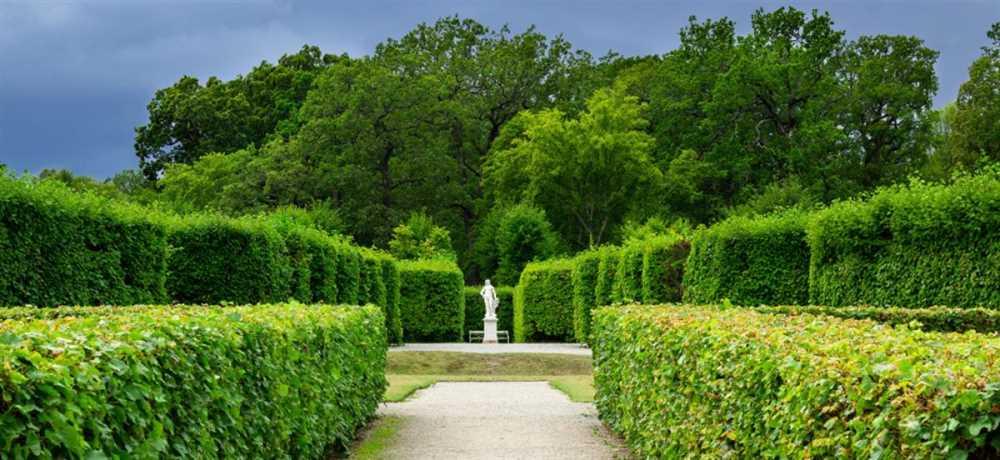Pergolas and symmetry in Italian gardens

Order, symmetry, elegance: these are the three keywords of the Italian garden – also known as a "formal" garden – which has profoundly influenced the history of gardening since ancient times. In fact, it is precisely the Italian style that inspired the romantic, refined French gardens and, in contrast, the wild English gardens, where freedom of expression triumphs.
The Italian style is an outdoor model that has established itself over the centuries thanks to its geometric and linear forms, shaping nature with striking architectural elements that convey a sense of calm harmony, inspiring contemplation, calmness and reflection.
"If you have a library and a garden, you have everything you need", wrote Cicero. Indeed, lovers of order and rigour feel right at home walking in these spaces where statues, pergolas, pools of water, evocative topiaries and even mazes combine to create something that is always unique and surprising. So let's take a look at how to create an Italian garden in your own outdoor space and what all its features are.
The ancient history of Italian gardens
This landscape model – as we understand it today – was born in the late Renaissance period, but its origins are even older. In fact, it represents the evolution of the hortus conclusus, the medieval garden of monasteries and convents that served exclusively to cultivate plants and trees for food and medicinal purposes. So it had no decorative function.
The concept of the garden as a place of pleasure and recreation began to appear in the 15th century thanks to the geometric division of spaces and the inclusion of some architectural elements of Roman inspiration, like columns, statues and fountains. While in the Middle Ages the goal was utility, in the Renaissance the main purpose shifted to beauty and harmony.
The first gardens following this new style are historically attributed to Niccolò Tribolo, who designed landscape and architectural jewels like the gardens of Boboli, Villa Castello and Villa Corsini in Florence. Since then the outdoors have been completely transformed and this style became something to be imitated all over the world.
How to make an Italian garden: 3 useful tips
While in Provençal gardens or English gardens something can be left to chance and spontaneity, in Italian gardens every detail must be rigorously planned. So let's go over some useful tips for its design and a few crucial elements.
Symmetry and rigour: style that shapes nature
To make the most of this style, you need to divide your space in a balanced and symmetrical manner using rows of trees or hedges, statues or columns, thus achieving an effect of stability.
Moreover, the garden will need majestic pergolas: these elements add a more refined touch to the landscaping, and at the same time create spaces where you can relax sheltered from the sun and surrounded by the scent of flowers, which together with the climbing plants wrap the columns and trellises. To create an enchanting locus amoenus, evergreen ivy goes perfectly with lavender, while the seasonal colours of the leaves on vines create an evocative atmosphere.
The art of topiary, "controlled" vegetation
If we had to identify another essential element of Italian gardens it would undoubtedly be ars topiaria. This term defines the art of cutting plants to make precise shapes, be they geometric or anthropomorphic: characters with a classical taste, animals or other objects become natural sculptures that decorate the space. For a more lasting result, it is best to use evergreen plants like boxwood, cypress or yew which are more suitable for pruning due to their limited growth.
So, shrubs, hedges and trees that have been suitably pruned in espaliers are the main green elements of an Italian-style garden. Besides helping to divide the garden into symmetrical areas, they also serve to create other crucial elements, especially for larger spaces, like mazes or suggestive paths that wend their way through well-kept lawns and pathways of coloured gravel or "secret gardens", i.e. entire areas walled off by vegetation and dedicated to rest and spending time with others.
But pay attention to the surrounding landscape: while medieval gardens were surrounded by four walls, gardens of the Italian Renaissance left the eye free to gaze at the open countryside or untamed nature like woods or orchards, creating a contrast with the order of the main garden, the true focal point.
Water features to soften the linearity
Another unique element of Italian gardens is water, which helps to soften the geometric shapes of this outdoor style and amplifies the perception of the greenery. So we find artificial lakes, streams, elegant canals and large basins. In addition, it's common to find rectangular stone pools with impressive classical fountains in the centre to draw the eye's attention. Finally, besides creating a relaxing sound, water features provide a spectacular visual element. Consider for example the suggestive fountains at the Reggia di Venaria Reale in Piedmont.
In conclusion, elegance, rigour and attention to detail are some of the essential characteristics of the perfect Italian garden, where the harmony of the forms conveys a state of calm and well-being.
Ready to stroll along gravel paths surrounded by natural sculptures and flowery columns?
